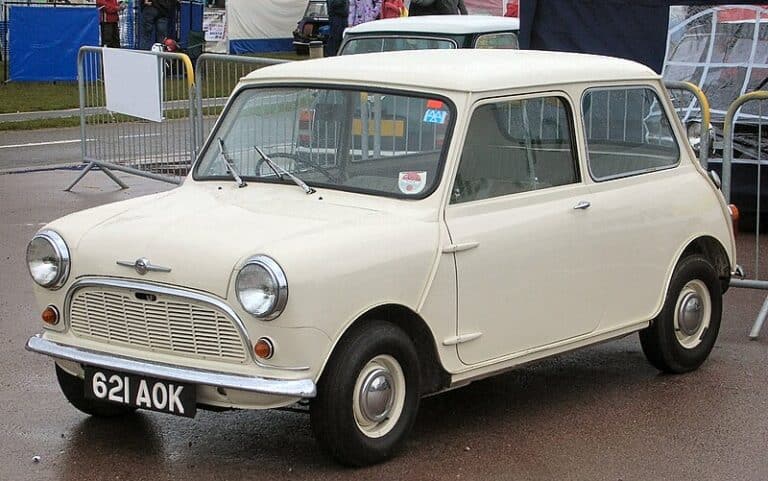Understanding the Importance of Car Control Arms
When it comes to the suspension system of a vehicle, the control arms play a crucial role in ensuring a smooth, comfortable ride. These components are responsible for connecting the wheel hub and steering knuckles to the chassis, allowing for controlled movement and flexibility. In this article, we will take a closer look at car control arms, their function, types, and maintenance.
The Function of Control Arms
Car control arms, also known as A-arms or wishbones, are an essential part of the suspension system. They are typically found in the front suspension of most vehicles, although some rear suspensions also feature control arms. The main function of control arms is to provide a link between the suspension and the frame, allowing for the up and down movement of the wheels while maintaining stability and control.
Control arms are designed to withstand the vertical and lateral forces that occur during driving, such as bumps, potholes, and cornering. They are attached to the frame at one end and the wheel hub at the other, with a ball joint or a bushing at each connection point. This design allows the control arms to pivot and move with the suspension, ensuring that the wheels remain in proper alignment with the road surface.
Types of Control Arms
There are several different types of control arms, each with its own unique design and characteristics. The most common types include:
| Type of Control Arm | Description |
|---|---|
| Upper Control Arm | Located at the top of the suspension, this arm helps to control the camber angle of the wheels and provides stability during cornering. |
| Lower Control Arm | Attached to the bottom of the suspension, the lower control arm supports the weight of the vehicle and absorbs the impact of bumps and road imperfections. |
| Wishbone Control Arm | This type of control arm features a Y-shaped design, with two connection points on the frame and one on the wheel hub, providing improved stability and control. |
Each type of control arm serves a specific purpose within the suspension system, and the choice of design depends on the vehicle’s make and model, as well as the desired performance characteristics.
Maintaining Control Arms
Like any other automotive component, control arms require regular maintenance to ensure optimal performance and longevity. The most critical maintenance tasks for control arms include:
- Inspecting for signs of wear and damage, such as cracks, corrosion, or worn out bushings.
- Replacing worn or damaged components, including ball joints, bushings, and mounting hardware.
- Checking and adjusting the alignment of the wheels to prevent premature wear on the control arms.
- Greasing the ball joints and bushings to reduce friction and extend the lifespan of the control arms.
By following these maintenance guidelines, vehicle owners can ensure that their control arms remain in good working condition and avoid costly repairs or replacements in the future.
Signs of Control Arm Problems
Over time, control arms can wear out due to the constant stress and movement they endure during driving. When control arm issues arise, they can lead to a variety of symptoms that indicate the need for repair or replacement. Some common signs of control arm problems include:
- Excessive vibration or shaking in the steering wheel, especially during acceleration or braking.
- Clunking or knocking noises coming from the front suspension when driving over bumps or rough roads.
- Pulling to one side or uneven tire wear, which can indicate a misaligned or damaged control arm.
- Poor handling and steering response, such as difficulty maintaining control during turns or sudden maneuvers.
When these symptoms occur, it’s essential to have the control arms inspected by a qualified mechanic to determine the cause of the issue and take the necessary corrective action.
Conclusion
Car control arms are an integral part of the suspension system, providing stability, control, and flexibility for the vehicle’s wheels. Understanding their function, types, and maintenance requirements is essential for maintaining a safe and comfortable driving experience. By staying informed and proactive about control arm care, vehicle owners can ensure that their suspension system remains in good condition and avoid potential issues down the road.
,refusal: null







Leave a Comment